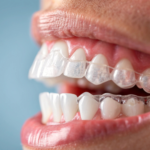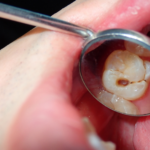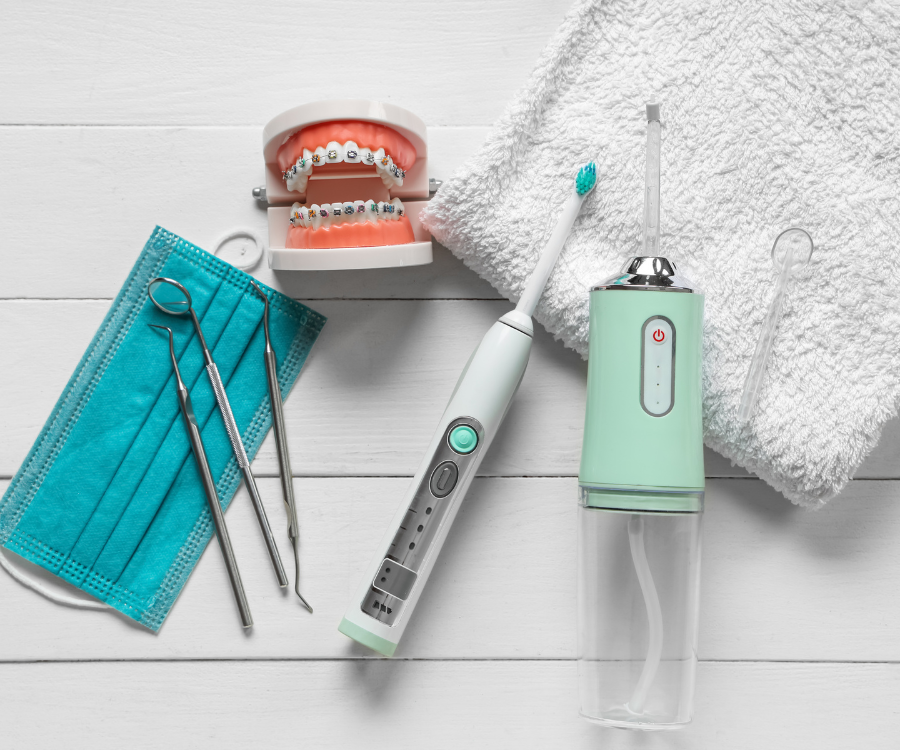Sure, here is a google friendly, plagiarism free, human style blog post about: How to Build the Perfect Oral Hygiene Routine:
How to Build the Perfect Oral Hygiene Routine
We all want a dazzling smile and fresh breath, right? But beyond the aesthetics, a solid oral hygiene routine is crucial for your overall health. Think of your mouth as the gateway to your body – what happens in there can impact everything from your heart to your immune system. So, let’s ditch the guesswork and build an oral hygiene routine that’s truly effective and, dare I say, enjoyable!
Step 1: The Foundation – Brushing Like a Boss
This is the non-negotiable cornerstone. You’ve been brushing since you were a kid, but are you doing it right?
- Choose Your Weapon Wisely: A soft-bristled toothbrush is your best friend. Hard bristles can erode your enamel and irritate your gums. Whether you prefer manual or electric, consistency is key. Electric toothbrushes often come with timers, which can be a real game-changer for ensuring you hit that recommended two minutes.
- The Angle Matters: Hold your brush at a 45-degree angle to your gum line. This allows the bristles to clean both the tooth surface and just under the gum.
- Gentle Does It: Don’t scrub like you’re polishing a floor! Use short, gentle strokes, moving the brush back and forth. Think of it as massaging your teeth and gums, not scrubbing them raw.
- Cover All Bases: Don’t forget the inner surfaces of your teeth, the chewing surfaces, and especially those often-neglected back molars. And a quick brush of your tongue helps banish bacteria that cause bad breath.
- Twice a Day, Every Day: No excuses! Morning and before bed are the prime times.
Step 2: Flossing – Your Gums Will Thank You
Brushing alone only cleans about 60% of your tooth surfaces. That other 40%? That’s where floss comes in to save the day, tackling those tight spaces between your teeth and under the gum line where food particles and plaque love to hide.
- The Right Technique: Grab about 18 inches of floss, winding most of it around your middle fingers, leaving a couple of inches to work with.
- C-Shape Hug: Gently slide the floss between your teeth. Once it reaches the gum line, curve it into a “C” shape against one tooth and slide it up and down. Then, do the same for the adjacent tooth.
- New Section for Each Tooth: Use a fresh section of floss for each tooth gap to avoid spreading bacteria.
- Daily Essential: Aim for once a day, preferably before bed.
Step 3: Rinse and Refresh – Mouthwash’s Role
Mouthwash isn’t a replacement for brushing and flossing, but it can be a fantastic addition.
- Therapeutic vs. Cosmetic: Look for therapeutic mouthwashes that contain ingredients like fluoride (for cavity protection) or antimicrobial agents (to reduce plaque and gingivitis). Cosmetic rinses might freshen your breath temporarily, but they don’t offer long-term benefits.
- Swish and Spit: Follow the directions on the bottle, typically swishing for 30-60 seconds.
- Consider Your Needs: If you’re prone to cavities, a fluoride rinse can be beneficial. If you have gum issues, an antiseptic rinse might be recommended by your dentist.
Step 4: The Unsung Hero – Tongue Scraper
Brushing your tongue is good, but a tongue scraper takes it to the next level. Your tongue is a prime breeding ground for bacteria that cause bad breath.
- Simple & Effective: Gently glide the scraper from the back of your tongue to the front. Rinse the scraper after each pass.
- Fresher Breath Guaranteed: You’ll be amazed at what comes off! This simple step can significantly improve your breath.
Step 5: Don’t Forget the Pros – Regular Dental Check-ups
Even with the most meticulous home routine, professional cleanings and check-ups are non-negotiable.
- Deep Clean: Your dentist or hygienist can remove hardened plaque (tartar) that brushing and flossing can’t tackle.
- Early Detection: They can spot potential problems like cavities, gum disease, or even more serious issues early on, before they become major headaches (and expenses!).
- Personalized Advice: They can offer tailored advice and recommend specific products based on your unique oral health needs. Aim for a check-up every six months, or as advised by your dentist.
Making it Stick: Tips for Routine Success
- Set Reminders: If you’re forgetful, set alarms on your phone.
- Make it a Habit: Link it to an existing routine, like showering or getting dressed.
- Keep Your Tools Handy: Store your toothbrush, floss, and mouthwash where you’ll see them.
- Be Patient: It takes time to form new habits, but your smile (and your body) will thank you!
Building the perfect oral hygiene routine isn’t about perfection from day one; it’s about consistency and understanding the “why” behind each step. Invest a few minutes each day, and you’ll be well on your way to a healthier mouth, a brighter smile, and a happier you!








